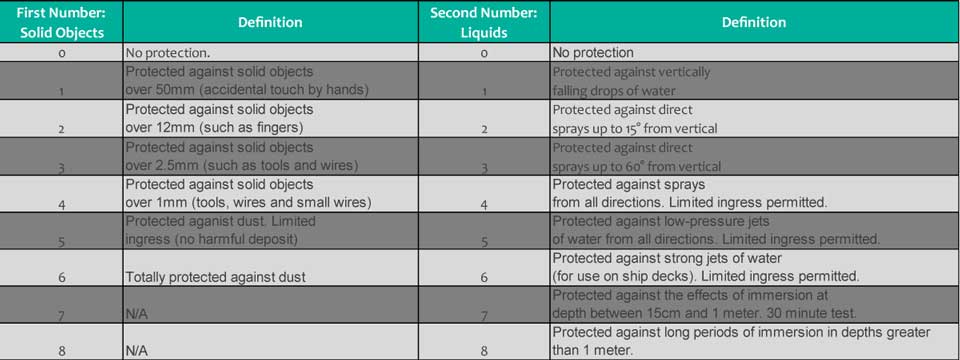What is an inclinometer?
A clinometer or inclinometer is an instrument for measuring angles of slope (or tilt), elevation or depression of an object with respect to gravity. It is also known as a tilt indicator, tilt sensor, tilt meter, slope alert, slope gauge, gradient meter, gradiometer, level gauge, level meter, declinometer, and pitch & roll indicator.
What are inclinometers used for?
Inclinometers are highly versatile measuring instruments. They are used in industries such as aviation, construction, marine, mining, manufacturing, transportation and even military.
An inclinometer’s primary function is to… well… measure incline!! Weather you’re a fire fighter that needs to know the ladder of the fire truck is in a safe operating angle at a moments notice, or you’re a crane operator that needs to be sure your equipment is level on the ground – Rieker has a solution for you.
Some of the most common applications for inclinometers include:
Aircraft Fuel System Calibration
Aircraft Slip Indication
Boom Angle Measurement
Curve Advisory Speed
Motor Grading
Sailboat Heel & Trim
Platform Leveling
Roll Angle
Line Array Alignment
If you have a special application do not hesitate to call! We will find a solution perfect for you.
What is the difference between accuracy and resolution?
Accuracy is the measurement device’s degree of absolute correctness, whereas resolution is the smallest number that can be displayed or recorded by the measurement device. For example, a unit that measures ±180 degrees can have a resolution of 0.05° however, it’s absolute accuracy over the full operating temperature is ±0.1°.
Absolute accuracy takes into account all factors that play a role in the output of the unit.
It is important to know the difference between accuracy and resolution when you are looking for the right product.
What is our handling fee?
The purpose our $6.00 handling fee is that as a manufacturer we produce and sell in large quantities. We also like to support our customers that have lower volume needs. These lower volume needs require us to break down a large quantity lot to fulfill the small quantity requirements. We have found over the years that it is more beneficial for our customers to apply a small $6.00 handling fee per order, rather than increase our unit costs.
What is an IP rating?
The IP rating or IP code is the International Protection Marking, IEC Standard 60529. Many people also refer to the IP rating as Ingress Protection Marking. This standard classifies and rates the amount of protection an electronic enclosure provides against any intrusions, dust, accidental contact, and water.
At Rieker, we take pride in manufacturing rugged, durable parts which meet and exceed these standards. A reference chart with the numbers and definitions is provided below as a guide. All of our electronic parts have an IP rating marked under their technical specifications. You can also search and filter our parts by rating to help you find the perfect solution for your application.


Which Boom Angle Indicator do I need?
Please visit our Boom Angle Indicator Selection Guide for more information.


